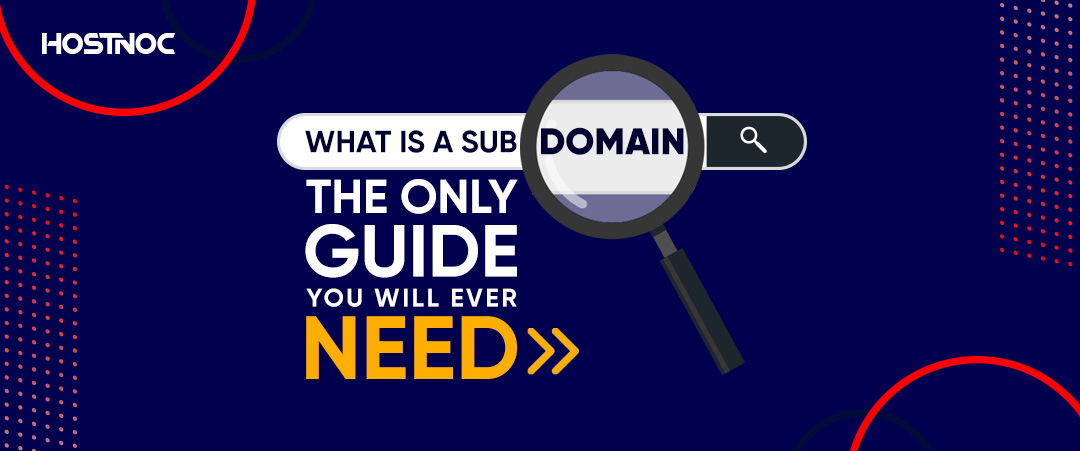Blogs
Imagine creating a WordPress website for your business, which starts to bog down after a few years. You might be wondering what’s wrong with your WordPress website? It used to work flawlessly when you first created it, but now it is painfully slow.
Even if you succeed in generating tons of traffic, most of the website visitors will bounce off your website due to slow page load times. This will increase your bounce rate and decrease your conversion rates. If you are one of those who experienced all these issues, then you are in the right place.
In this article, you will learn about ten reasons why your WordPress website is slowing down and what you can do about it.
1. Poor Web Hosting
You might have succumbed to the temptation of saving a few bucks by opting for a less expensive hosting provider. Unfortunately, your cheap hosting providers use shared hosting. This means that resources are shared, and your website only gets a portion of it. It negatively affects your website’s page load time, responsiveness and performance. Switching to a hosting provider that uses best-dedicated servers for hosting websites might be a better option.
2. Using an Older Version of WordPress
Setting up and configuring a WordPress website can be tedious. That is why most website administrator never updates to the latest version of WordPress. If your website is still using an outdated version of WordPress, it might have security vulnerabilities that can easily be exploited by hackers. That is why it is important to update your WordPress to the latest version. The latest version contains a lot of bug fixes and performance enhancements, which you can not take advantage of if you are still using the older version.
3. Choosing a Wrong WordPress Theme
Another advantage of choosing WordPress as your content management system is that it allows you the option to choose from a wide range of themes and let you customize them according to your needs. When browsing through the free themes, a theme might have caught your attention and you instantly fell in love with it. You downloaded it and created your website using it.

What you don’t realize is that the WordPress theme you choose is quite heavy and as you add more plugins, extensions and tools, it will make your website sluggish. That is why it is important to check the file size of the theme when you are searching for one.
4. Lack of Image Optimization
By far, the biggest reason behind your WordPress website’s slow page load times is the lack of image optimization. In order to grab user attention, webmasters tend to load their websites with high-resolution images. What they don’t realize is that all these images add seconds to your website page load time. Use pictures only where needed and avoid going overboard with it. Even if you are using a lot of images on your website, make sure you optimize them, so they load quickly. You can use any image optimization tool for this purpose or install plugins that will optimize them for you automatically.
5. Not Leveraging Caching
Did you know that caching can increase page loading speed by 2-5 times? If you are still not taking advantage of caching, you might be missing out. Caching is a technology that allows you to temporarily store web documents such as web pages, images and other website elements. This reduces server lag and will enable you to display the page quickly. It enhances the user experience and minimizes the time your website takes to load.
6. Not Using Compression
Another tactic that most WordPress website owners tend to overlook is compression. Most web developers write code in a way that their fellow web developers can easily understand it. Sometimes, that can result in the creation of additional code that you don’t need. Minify your code and use compression on different website elements. Whether it is the code, images, video, audio or other files, you can compress everything to deliver a smooth user experience.
7. Using Too Many Plugins
WordPress lets you add more features and extend the functionality of your website with plugins. What most WordPress users don’t realize if you keep adding new WordPress plugins to your website, it will take its toll on your website page load times. Limit the number of plugins to ten or if you want to use more, replace some of those plugins with their lightweight counterparts.

8. Long CSS Code
CSS is not limited to adding colors, fonts and layout of your website. It can also include instructions for web browsers. The problem with CSS files is that it can be dozens of pages long and can contain thousands of lines of code. Throw in line breaks, extra spaces and other information and it can bring your website down to its knees.
Here is how you can optimize your CSS code:
- Use CSS minifiers
- Remove duplicate and unnecessary codes
- Organize CSS code into hierarchical branches
9. Render Blocking JavaScript
When writing JavaScript code, keep an eye on render-blocking scripts. These scripts force web browsers to load that script first and then move on to render the remaining portion of the web page. This can result in delays and could increase your page load times significantly. That is why it is important to get rid of these render-blocking scripts.

10. Unnecessary Redirects
If your WordPress website has been around for quite some time, then there are bright chances that it might have some deleted pages. If you have acquired backlinks from other websites, they might have your old URLs. Redirects can impact server performance and slow down your website load speed. Append UTM tags to identify unwanted redirects and remove them.
If you’ve found this piece helpful or you’ve got a unique technique of speeding up your WordPress website, do hit us back in the comments section.
Featured Post
New Year New Website: Essential Tips for Choosing the Best Web Hosting Provider
Table of Contents New Year New Website: How To Choose the Best Web Hosting Provider? 1. Understand Your Hosting Needs 2. Consider the Types of Web […]
The Future of Web Hosting: Trends to Watch in 2025
The digital landscape is evolving. The Future of Web Hosting industry is experiencing significant changes that promise to reshape the future of online presence. From advancements […]
What is a Subdomain? The Only Guide You Will Ever Need
A subdomain is a subdivision of a main domain used to organize and manage different sections of a website, especially when those sections are large enough […]







